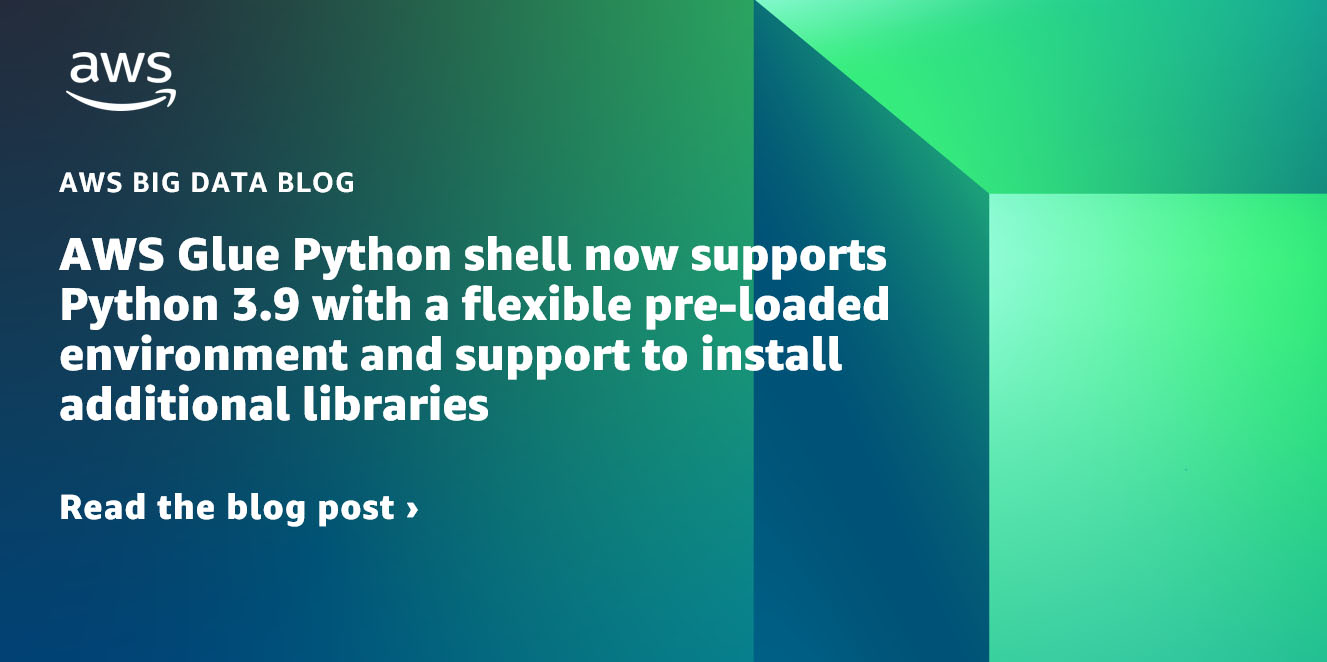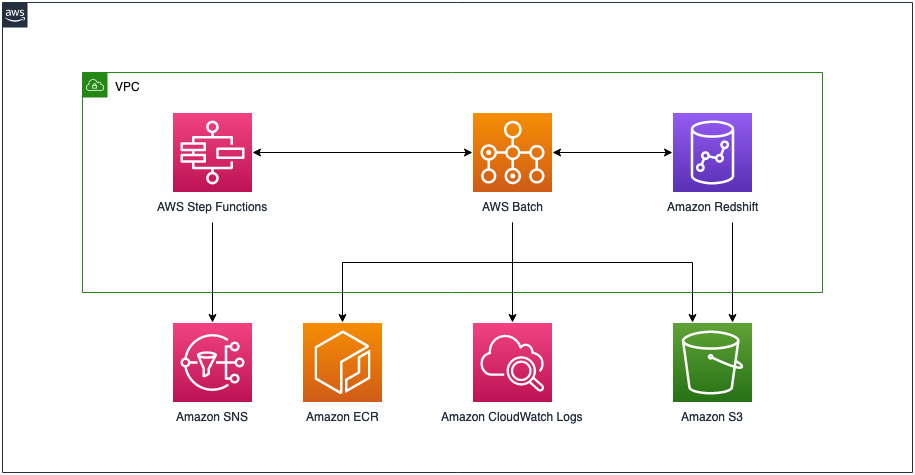AWS Big Data Blog
Category: Analytics
Build a resilient Amazon Redshift architecture with automatic recovery enabled
Amazon Redshift provides resiliency in the event of a single point of failure in a cluster, including automatically detecting and recovering from drive and node failures. The Amazon Redshift relocation feature adds an additional level of availability, and this post is focused on explaining this automatic recovery feature. When the cluster relocation feature is enabled […]
Amazon EMR on EKS gets up to 19% performance boost running on AWS Graviton3 Processors vs. Graviton2
Amazon EMR on EKS is a deployment option that enables you to run Spark workloads on Amazon Elastic Kubernetes Service (Amazon EKS) easily. It allows you to innovate faster with the latest Apache Spark on Kubernetes architecture while benefiting from the performance-optimized Spark runtime powered by Amazon EMR. This deployment option elects Amazon EKS as […]
AWS Glue Python shell now supports Python 3.9 with a flexible pre-loaded environment and support to install additional libraries
AWS Glue is the central service of an AWS modern data architecture. It is a serverless data integration service that allows you to discover, prepare, and combine data for analytics and machine learning. AWS Glue offers you a comprehensive range of tools to perform ETL (extract, transform, and load) at the right scale. AWS Glue […]
How NerdWallet uses AWS and Apache Hudi to build a serverless, real-time analytics platform
This is a guest post by Kevin Chun, Staff Software Engineer in Core Engineering at NerdWallet. NerdWallet’s mission is to provide clarity for all of life’s financial decisions. This covers a diverse set of topics: from choosing the right credit card, to managing your spending, to finding the best personal loan, to refinancing your mortgage. […]
Introducing AWS Glue Flex jobs: Cost savings on ETL workloads
AWS Glue is a serverless data integration service that makes it simple to discover, prepare, and combine data for analytics, machine learning (ML), and application development. You can use AWS Glue to create, run, and monitor data integration and ETL (extract, transform, and load) pipelines and catalog your assets across multiple data stores. Typically, these […]
Forwood Safety uses Amazon QuickSight Q to extend life-saving safety analytics to larger audiences
This is a guest post by Faye Crompton from Forwood Safety. Forwood provides fatality prevention solutions to organizations across the globe. At Forwood Safety, we have a laser focus on saving lives. Our solutions, which provide full content and proven methodology via verification tools and analytical capabilities, have one purpose: eliminating fatalities in the workplace. […]
Design patterns to manage Amazon EMR on EKS workloads for Apache Spark
Amazon EMR on Amazon EKS enables you to submit Apache Spark jobs on demand on Amazon Elastic Kubernetes Service (Amazon EKS) without provisioning clusters. With EMR on EKS, you can consolidate analytical workloads with your other Kubernetes-based applications on the same Amazon EKS cluster to improve resource utilization and simplify infrastructure management. Kubernetes uses namespaces to provide isolation between […]
Best practices to optimize cost and performance for AWS Glue streaming ETL jobs
AWS Glue streaming extract, transform, and load (ETL) jobs allow you to process and enrich vast amounts of incoming data from systems such as Amazon Kinesis Data Streams, Amazon Managed Streaming for Apache Kafka (Amazon MSK), or any other Apache Kafka cluster. It uses the Spark Structured Streaming framework to perform data processing in near-real […]
Manage data transformations with dbt in Amazon Redshift
Amazon Redshift is a fully managed, petabyte-scale data warehouse service in the cloud. You can start with just a few hundred gigabytes of data and scale to a petabyte or more. Amazon Redshift enables you to use your data to acquire new insights for your business and customers while keeping costs low. Together with price-performance, […]
Develop an Amazon Redshift ETL serverless framework using RSQL, AWS Batch, and AWS Step Functions
Amazon Redshift RSQL is a command-line client for interacting with Amazon Redshift clusters and databases. You can connect to an Amazon Redshift cluster, describe database objects, query data, and view query results in various output formats. You can use enhanced control flow commands to replace existing extract, transform, load (ETL) and automation scripts. This post […]









